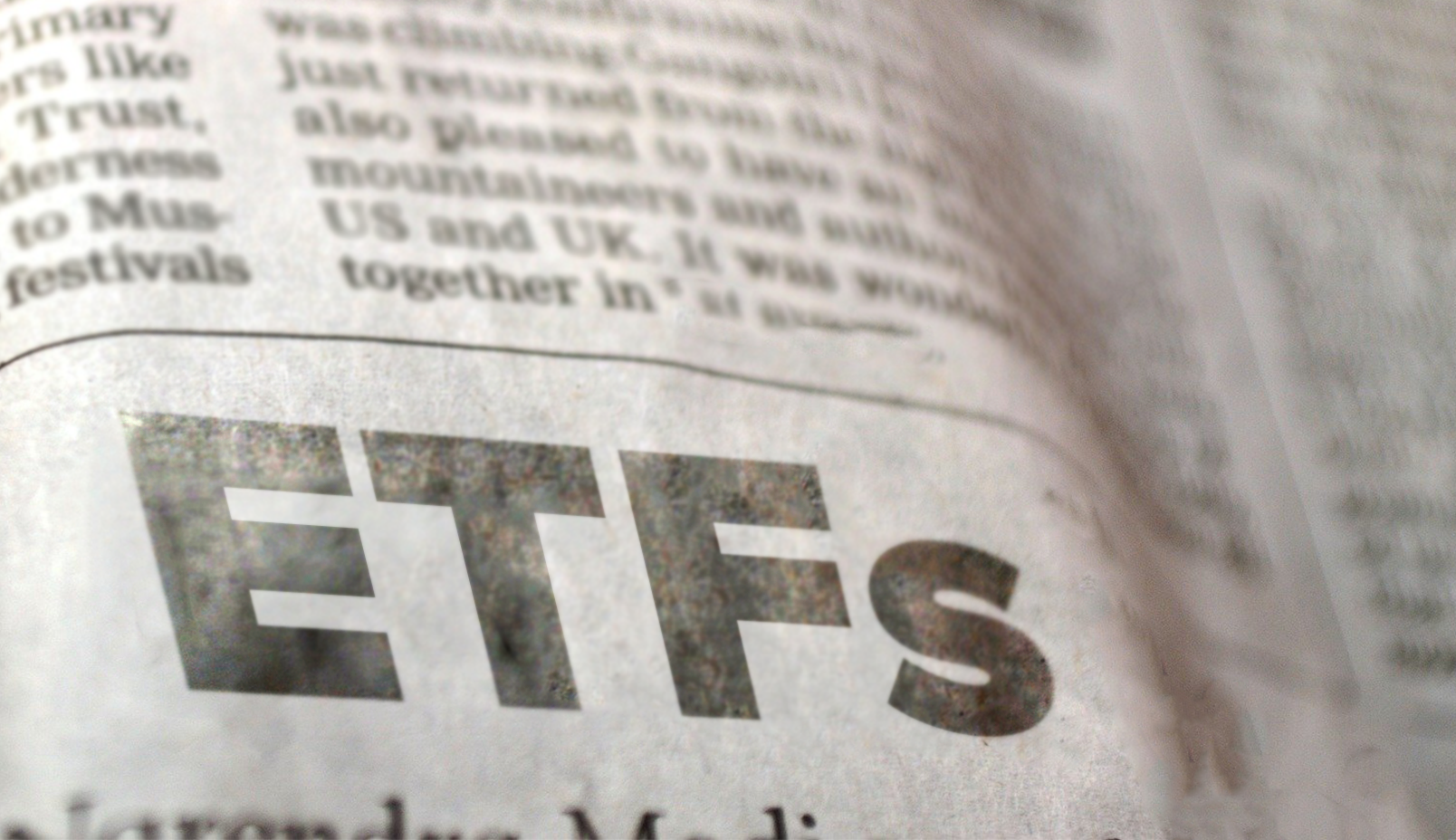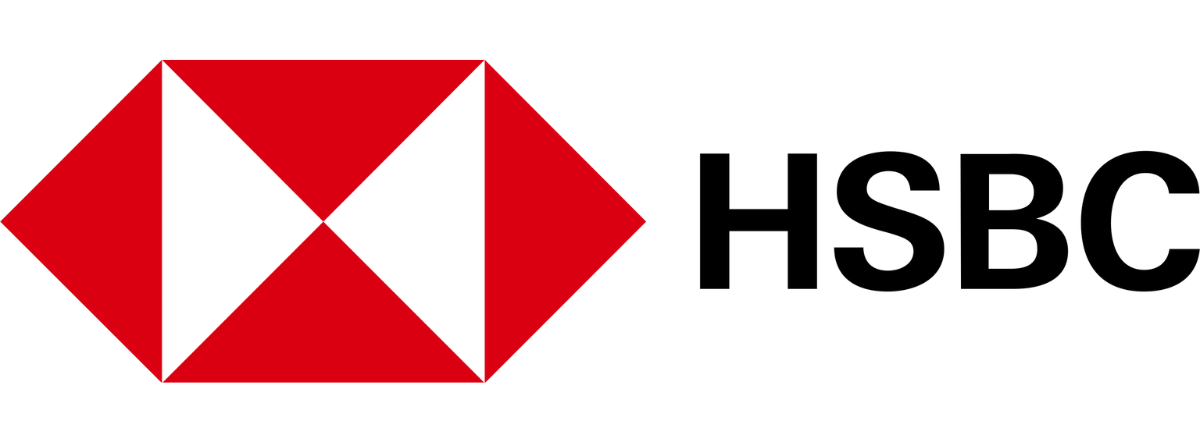The role of fixed income ETFs within portfolios, the future of ETF trading and regulatory developments such as pre-hedging and ongoing consolidated tape discussions are all set to shape the European ETF ecosystem over the next 12 months.
Last year was a standout 12 months for ETFs in Europe. Despite one of the toughest market environments in over a decade, ETFs saw €80.1bn inflows in 2022, according to data from Bloomberg Intelligence, and outpaced mutual fund flows in every month until November.
In particular, ETFs were the vehicle of choice for investors globally in the fixed income space. According to data from BlackRock, global fixed income ETFs saw $266bn inflows in 2022, the third-largest figure on record, as investors took advantage of spiking yields across the asset class.
How investors allocate to fixed income is a key theme in 2023. With yields once again trading at attractive levels, taking on duration risk is potentially an interesting play for investors who believe inflation has peaked.
“We cannot talk about income and not consider fixed income in 2023,” Jason Xavier, head of EMEA ETF capital markets at Franklin Templeton, said. “An expectation of falling rates in 2023 makes fixed income a very attractive asset class.
“Duration is key, and the importance of selecting fixed income assets that can balance income and risk makes investment-grade corporate bonds a worthy contender in the fixed income sphere.”
Within this context, ETFs will continue to play a pivotal role in enabling investors to directly target specific parts of the yield curve as well as offering broad exposure to corporate and inflation-linked bonds.
The year of a consolidated tape?
The lack of a consolidated tape in Europe has been highlighted as one of the biggest issues facing the Capital Markets Union (CMU) for over two decades, however, there appears to be light at the end of the tunnel.
On 20 December, the European Council announced EU member states have agreed to start negotiations with the European Parliament over a review of the Markets in Financial Instruments Regulation (MiFIR).
The introduction of a consolidated tape to provide “reliable data close-to-real time” for investors is a key aspect of this review.
Trading venues such as exchanges have pushed to stop its creation, however, the negotiations are a key step in the right direction for those that want to see a consolidated tape introduced to the market.
As Keshava Shastry, global head of capital markets at DWS, said: “The availability of real-time data, before as well as after trades, is critical in driving the activities of capital markets participants. Without it, we would have inefficient allocation of capital.
“In order to remain competitive and form a strong capital market union in Europe, we must provide investors with a real-time tape.”
T+1 settlement
With the US announcing proposals to move to a T+1 settlement cycle, there are talks of whether this would be possible in Europe, a continent that has 35 exchanges, 31 central securities depositaries (CSDs) and 14 local currencies, according to the Association for Financial Markets in Europe (AFME).
Adrian Whelan, global head of market intelligence at Brown Brothers Harriman, said the move to T+1 settlement would drive more efficient use of capital across markets by reducing the operational risk attached with longer settlement cycles.
“The more risk, the greater the amount of margin and collateral that is required to be deposited with the clearing house to mitigate the potential failed securities trade,” Whelan added. “It then follows that a reduced settlement time equates to a reduction in risk, as well as margin and collateral requirements.”
However, the AFME kicked back by arguing the impact of a T+1 settlement cycle would be more pronounced for ETFs as settlement failures are already above market averages.
“This is in part due to the global composition of many ETFs, which contain underlying securities from several jurisdictions.
“Because settlement of newly created units is contingent on the settlement of the underlying constituents, this can often lead to settlement delays in a T+2 environment, due to time zone differences, market holidays and cross-border settlement complexity,” the AFME continued. “These challenges would be even more pronounced in a T+1 environment.”
Furthermore, Jim Goldie, head of ETF capital markets and indexed strategies, EMEA, at Invesco, said a move to T+1 settlement could have implications for the Central Securities Depositary Regime (CSDR) which came into effect in February 2022.
He added T+1 settlement would have implications for areas such as corporate actions, securities lending, collateral and cash management.
“If the UK or the EU decide to move to a T+1 settlement cycle, this will of course impact the CSDR settlement regulation that came into force last year and is currently under review,” he said. “The aim of the regulation was to improve settlement discipline in Europe, not only for ETFs, but also for equities and bonds and it will be interesting to see how this develops in 2023.”
Talk of moving to T+1 settlement in Europe is still in its very early stages. The fragmented nature of Europe is a significant barrier to its introduction despite the benefits it could bring to investors.
Pre-hedging
Last July, the European Securities and Markets Authority (ESMA) issued a ‘call for evidence’ on the practice of pre-hedging, a process that the regulator describes as “hedging inventory risk in an anticipatory manner in presence of a potential incoming transaction”.
The ‘call for evidence’ saw a mixed response from the industry with some labelling the practice “frontrunning” in the context of ETF orders in request-for-quote (RFQ) platforms while others warned any regulation could have an impact on liquidity.
The ETF market will now wait for ESMA’s response to its ‘call for evidence’ this year. ETF Stream is hosting a webinar on pre-hedging on 15 March which is the second in its ETF Investigations series.
ETF trading and the role of algos
One area of ETF trading that could develop in 2023 is the increasing use of algorithms by investors and brokers when executing trades.
While executing via RFQ platforms remains the favoured choice for investors in Europe, banks such as HSBC and Goldman Sachs have developed tools to provide greater choice and optionality to the market.
“Because of a chicken and egg situation, there are presently more volumes on RFQ compared to on-exchange,” Steve Palmer, global head of ETF product, markets and securities services, at HSBC, said. “However, we know there is greater demand for different types of ETF execution.”
According to Palmer, worked orders – the process of executing a trade with the view of minimal market impact – can be beneficial in some cases when there is less concern about movements in the market.
“Trading on RFQ via risk requires the notional to be traded at a single point in time,” he continued. “We want to give clients the confidence to work orders on exchange through an algorithmic solution.”
Related articles









